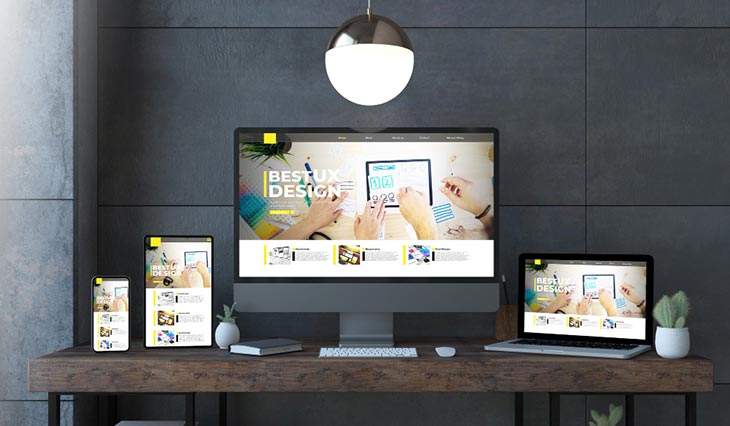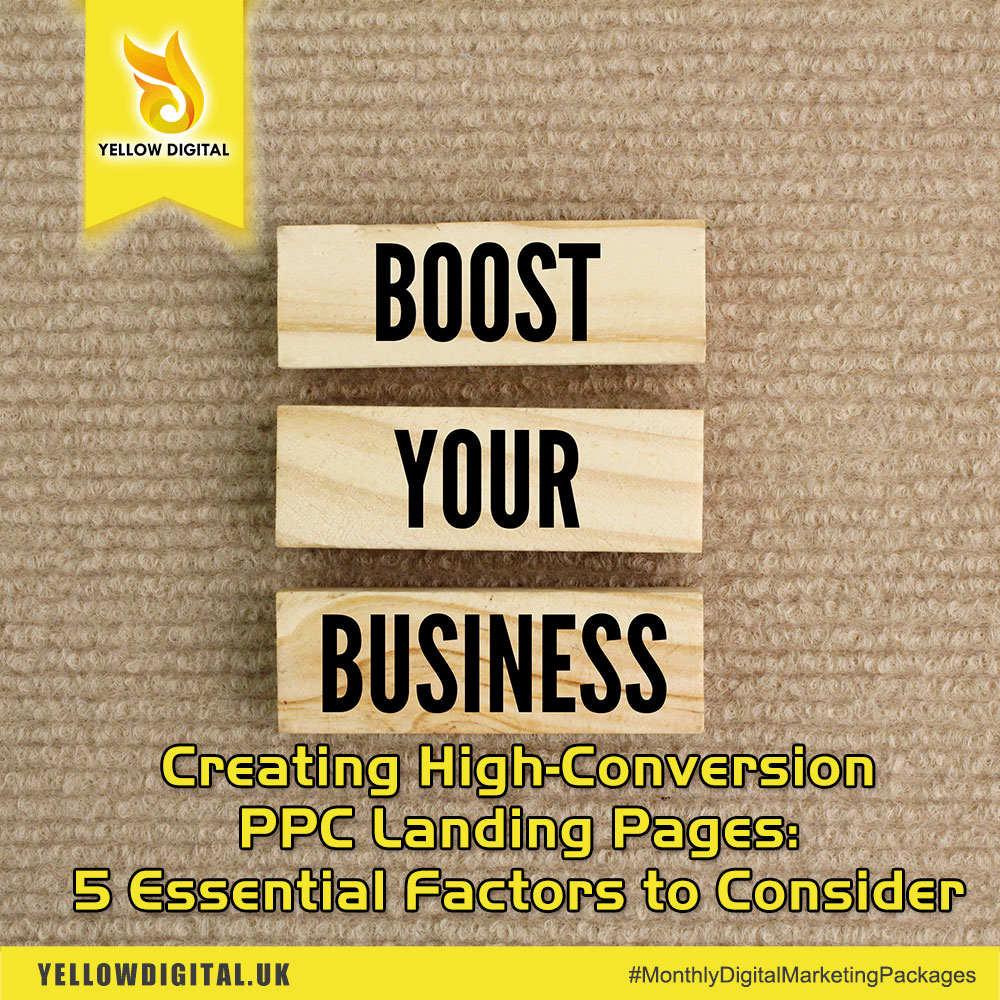The digital world is in a constant state of development. Your website is constantly aging, both technically and graphically.
- It no longer meets your needs or user expectations?
- Or maybe it’s not search engine optimized?
A complete or partial revamp of your website can be of great benefit to your business.
Discover the main reasons for a website revamp.
A website revamp is usually done because of changes in marketing strategy or the need to change the functionality and visual appearance of the website. Redesigning your website can be a huge challenge, so have a solid reason to do it and a plan.
It is important that you can clearly explain the purpose and nature of this proposed redesign.
Common reasons websites need to be redesigned:
1. Have an attractive and ergonomic design.
As the old saying goes, first impressions count! This saying is even more true on the web where the competition is just a click away. Your visitors should be instantly sure that they can find answers to their questions easily, and you want them to remember your brand (for all the right reasons!). In short, in order to stand out from your competitors, you want your visitors’ web experience to be as pleasant as possible.
An outdated website may no longer meet the graphic standards of your industry. A redesign not only allows you to assess the appearance of your site, but also to work on improving the ergonomics and web navigation. A better user experience means more conversions.
2. Improve your website’s visibility on search engines.
Search engines are constantly changing and with them SEO techniques (search engine optimization). A website created a few years ago no longer optimally meets today’s search engine requirements. The redesign of your website is an opportunity to revise the technical aspects and also review the semantic field, marketing, ergonomics and content strategy, etc. All of these elements are the keys to good website SEO (right now!)
3. Increase and improve the functionalities.
Of course, your business will evolve with changing expectations and marketing goals.
To be an effective tool, your website needs to be adaptable.
For example, in order to acquire new customers or keep existing ones, you may need advanced functionalities that offer new services, such as the creation of private rooms and order tracking. You can also add elements that make your business run better, including online booking systems and sales.
4. Modernize your code and optimize your display.
As the technologies used to create websites evolve, more and more websites are quickly becoming out of date. An example is that your website needs to be compatible with all internet browsers, including mobile versions. Your website must conform to industry standards such as W3C and be responsive in design.
A multimedia display is also an essential requirement to improve your search engine positioning. When you incorporate these aspects into a redesign, you have the opportunity to create a site that is industry-standard, secure, fast, and efficient.
5. Have an independently manageable website.
The era of static, unmanaged websites is over.
The independent updating of content is an essential requirement for new websites today. As the drivers of digital usage change and user habits change, the content of your sites must be quickly adaptable and able to keep up. Content marketing is a wonderful tool that you can use to make sure your website is manageable and also improves your SEO.
6. Increase your conversion rate.
So your website is attractive, well referenced, manageable and meets all relevant technical standards. However, if it still doesn’t achieve all of your goals, the problem is almost certainly with the conversion. Conversion is the action that we expect a visitor to a website to take, e.g. fill out a form, place an order, register, etc.
Improving your conversion rate doesn’t necessarily require a complete website overhaul, it can instead be achieved by testing various techniques and best practices, such as: There is no guarantee that all of these techniques will work for your particular site. Some have a bigger impact on your conversion rate than others; it depends on your activity. The only way to confirm their relevance is through testing.
75%
of users admit to judging a company’s credibility based on the design of their website.
85%
of B2B customers browse the web before making a purchase decision.
94%
of a website user’s first impressions are by design.
Does your website need a redesign? 10 questions to ask:
If you answered NO to one or more of the following questions, it is time to make a change to your website. The more NO answers, the more urgently you should think about redesigning your site!
- Have you changed your website in the last 2 years?
- Do you have access to a statistics module that shows how many visitors your website is receiving and where they are from?
- Have you introduced the same products and targeted the same customers since creating your website?
- Can you update your website without contacting a web agency? Charges you for every small change?
- Does your website contain visual content such as slides, images or videos?
- Does your website have a module to share your content on social networks?
- Can your customers enter testimonials?
- Is the number of visitors constant or increasing? Is the structure different from Flash?
- Does your website contain useful functions for your customers or employees, such as an online shop, mobile versions, forms, etc. reservation system and a member area?
- Are all of your website sections working fine with no broken links and are they all loading quickly?
The ultimate question is: are you happy with your website and the results for your business?
One of the most important things to remember is that a website is never a finished product and should always be viewed as under construction.




